Security teams are small. Attack surfaces are massive. Every new feature, every microservice, every integration expands the perimeter. Every commit introduces potential risk.
One security team cannot review every line of code. They cannot attend every design meeting. They cannot be present at every deployment. They cannot scale at the pace of modern development.
The only scalable solution is to turn developers into defenders. A Security Champion Network bridges the gap between AppSec expertise and engineering execution. It embeds security thinking where it matters most: inside development teams, during daily work, before vulnerabilities reach production.
This isn't about deputizing developers to do security's job. It's about creating a structure where security knowledge flows horizontally across teams, where developers understand threats in their context, and where accountability becomes distributed without becoming diluted.
Why You Need a Security Champion Network
Security teams operate at a disadvantage. They see code after it's written. They review architecture after it's implemented. They test applications after features are complete. By then, fundamental security decisions have already been made.
Developers understand their systems better than anyone else. They know the edge cases. They understand the data flows. They can spot architectural risks that generic security scans miss. When trained to think about security, they catch vulnerabilities before code review, before testing, before production.
A champion network decentralizes responsibility without losing control. It creates security touchpoints in every team while maintaining centralized standards and oversight. It turns security from a bottleneck into a distributed function.
Regulatory frameworks like ISO 27001 and SOC 2 encourage security ownership across teams. Auditors want evidence that security isn't just a specialized function; it's embedded in development culture. Security champions provide that evidence. They document security considerations in design. They participate in code reviews. They validate controls before releases.
The outcome is measurable:
- Fewer vulnerabilities reaching production
- Faster identification and remediation of security issues
- Stronger collaboration between security and engineering teams
- Security considerations are integrated into daily development decisions
When developers own security outcomes, they stop treating it as someone else's problem.
What a Security Champion Network Looks Like
A functional Security Champion Network has three layers, each with clear responsibilities.
Core Security Team sets policies, runs assessments, and provides expert oversight. They define what secure looks like. They conduct penetration testing and red team exercises. They evaluate risk across the organization. They remain the authority on security standards and compliance requirements.
Security Champions are developers trained to identify, communicate, and fix security issues within their teams. They aren't security specialists. They're engineers who understand enough about vulnerabilities to catch them early, ask the right questions during design, and escalate complex issues to the core team.
Feedback Loop is how the network stays effective. Champions escalate findings to the security team. The security team translates penetration test results and vulnerability patterns into training for champions. Standards evolve based on what's actually happening in code. Learning becomes continuous, not event-based.
This structure scales because it multiplies security presence without multiplying headcount. It maintains consistent standards while adapting to team-specific contexts.
Core Pillars of a Successful Security Champion Program
Leadership Buy-In
Security must be a recognized function, not an optional effort. Champions need time to attend training, participate in reviews, and implement security improvements. That time has to come from somewhere.
If leadership views security work as extracurricular, champions will be the first resource pulled when deadlines tighten. If leadership recognizes security as core to product quality, champions get protected time and organizational support.
Clear Role Definition
Define what champions do and equally important, what they don't.
Champions do:
- Participate in threat modeling during design phase
- Review code for common vulnerability patterns
- Escalate security concerns to the core team
- Share security findings and lessons within their team
- Advocate for security best practices in daily work
Champions don't:
- Replace the security team
- Own all security outcomes for their team
- Make final decisions on complex security architecture
- Conduct formal penetration testing
Ambiguity creates burnout. Clear boundaries create sustainability.
Training & Enablement
Equip developers with security fundamentals and contextual threat examples. Generic security awareness training doesn't work. Developers need to see vulnerabilities in their stack, their frameworks, their patterns.
Show them what SQL injection looks like in their ORM. How authentication bypass happens in their API framework. Where authorization bugs hide in their microservices architecture.
Training should answer: What does vulnerable code look like here? How would an attacker exploit this? How do we fix it? What pattern prevents it from recurring?
Feedback & Recognition
Celebrate impact, not just policy compliance. When a champion catches a critical vulnerability during code review, that saves incident response costs, regulatory exposure, and customer trust. That should be visible.
Recognition can be formal or informal:
- Highlighting security wins in team meetings
- Including security contributions in performance reviews
- Creating internal leaderboards for security improvements
- Giving champions visibility with leadership
If security work goes unnoticed, participation drops. If it's celebrated, it becomes aspirational.
Continuous Validation
Integrate champion reviews into testing, not just training. Champions shouldn't exist only in Slack channels and quarterly meetings. They should be active participants in:
- Design review sessions
- Code review workflows
- Pre-release security validation
- Post-incident retrospectives
Their involvement should be routine, not exceptional. Security should be a standard checkpoint, not an emergency response.
Building the Network: Step-by-Step Approach
1. Identify Early Adopters
Start with developers who already show security interest. Look for engineers who ask security questions during design. Who raises concerns about data handling? Who volunteers for security-related tasks?
Early champions set the tone. If they're respected developers who ship quality work, others will follow. If they're seen as outsiders or policy enforcers, the program stalls.
2. Define the Charter
Outline goals, reporting structure, and expectations in a clear document. Answer:
- What problem is this program solving?
- What are champions responsible for?
- How much time should champions dedicate weekly?
- Who do champions report to for security issues?
- How does the program measure success?
The charter creates alignment. It gives champions the authority to prioritize security work. It gives managers a framework for supporting champion activities.
3. Train for Context
Focus on real-world vulnerabilities, not just theory. Use examples from your actual penetration tests. Show anonymized vulnerabilities found in your codebase. Demonstrate exploits against systems similar to what your teams build.
Training should be interactive:
- Code review exercises on vulnerable samples
- Threat modeling workshops on real features
- Incident response walkthroughs from actual events
- Live demonstrations of exploitation techniques
Developers learn by doing. Give them hands-on practice, not just slides.
4. Create Internal Channels
Establish dedicated communication channels for champion activity:
- Slack or Teams channel for quick questions
- Regular champion sync meetings for knowledge sharing
- Internal wiki for security standards and examples
- Issue tracking board for security improvements
Make it easy for champions to ask questions, share findings, and collaborate. Isolation kills momentum. Community sustains it.
5. Run Regular Reviews
Validate code and process maturity across projects. Champions should participate in:
- Quarterly security reviews of major features
- Design review for high-risk components
- Post-deployment security validation
- Retrospectives after security incidents
These reviews create accountability. They ensure security isn't just discussed in training, it's practiced at work.
6. Measure and Expand
Track success metrics and scale to new teams gradually. Start with one or two pilot teams. Refine the program based on what works. Then expand systematically.
Don't rush scale. A well-functioning network of five champions creates more value than a poorly supported network of twenty.
The AppSecure Model: Turning Training Into Validation
AppSecure helps organizations formalize security culture through real-world validation.
Champion programs backed by penetration testing insights and red team findings create tangible learning loops. When champions see how vulnerabilities are discovered and exploited during assessments, training becomes concrete. Abstract concepts like "injection flaws" become specific examples in their codebase.
We work with organizations to:
- Identify vulnerability patterns worth teaching
- Translate penetration test findings into developer training
- Create security review processes champions can execute
- Measure program effectiveness through remediation metrics
This closes the gap between policy, practice, and proof. Champions don't just learn security theory. They see how it applies to their work. They participate in validating controls. They understand the why behind the standards.
Measuring Program Success
Define measurable indicators that show the network is working:
Number of active champions per business unit. Coverage matters. Teams without champions remain blind spots.
Percentage reduction in recurring vulnerabilities. If the same vulnerability appears across multiple projects, champions aren't catching it. The program needs better training or clearer standards.
Time-to-fix for internally reported issues. When champions identify vulnerabilities, how quickly are they resolved? Fast remediation means the feedback loop is working.
Frequency of cross-team security reviews. Are champions actively participating in design and code review? Or is their role theoretical?
Developer engagement in security discussions. Are more developers asking security questions? Participating in threat modeling? This indicates cultural shift beyond just champion activity.
Track these metrics quarterly. Adjust training, support, and recognition based on what the data shows.
Common Pitfalls to Avoid
Appointing champions without empowerment or recognition. If being a champion is extra work with no support, no time allocation, and no visibility, the role becomes a burden. Participation becomes performative.
Overloading them with responsibility but no authority. Champions can't enforce security policies. They can't block deployments. They can't override product decisions. If you make them responsible for security outcomes without giving them power to influence those outcomes, you create impossible expectations.
No clear metrics or feedback cycle. If champions don't know whether their work matters, motivation fades. Regular feedback from the security team, visible metrics, and clear impact stories keep engagement high.
Making it a one-time initiative instead of a sustained program. Launching with fanfare and then letting the program drift kills credibility. Champions need ongoing training, regular touchpoints, and continuous evolution of standards.
Security champion programs fail when they're treated as projects. They succeed when they're treated as infrastructure.
From Awareness to Ownership
Security champions turn awareness into accountability.
The goal isn't to make every developer a security expert. It's to make security everyone's instinct. To embed security thinking into design discussions, code reviews, and deployment decisions without requiring specialized knowledge.
Champions create cultural change. They normalize asking security questions. They make threat modeling routine. They demonstrate that security isn't about perfection; it's about discipline.
When security becomes part of how teams work, not something done to them, vulnerabilities decrease. Remediation accelerates. Compliance becomes evidence of practice, not documentation theater.
If you’re ready to scale security through developers, not just audits, AppSecure can help you operationalize a Security Champion Program backed by real-world validation. Book a free consultation call to turn awareness into ownership.
FAQs
- How many security champions should an organization have?
Start with one champion per development team or product area. For smaller organizations, one champion per 10-15 developers is reasonable. For larger organizations with mature programs, aim for one champion per scrum team or functional unit. The goal is coverage without overwhelming any individual. - How often should champions be trained or refreshed?
Initial training should be comprehensive, covering security fundamentals and context-specific vulnerabilities. After that, quarterly training sessions keep knowledge current with new attack patterns, updated frameworks, and lessons from recent penetration tests. Monthly champion sync meetings help maintain momentum between formal training. - Can small teams implement a Security Champion Program effectively?
Yes. Small organizations can start with one or two champions and build incrementally. The structure remains the same: clear responsibilities, regular training, active participation in reviews, and measurable outcomes. In smaller teams, champions often wear multiple hats naturally. The key is formalizing the role so security work gets protected time and recognition.
%20(1).png)
Tejas K. Dhokane is a marketing associate at AppSecure Security, driving initiatives across strategy, communication, and brand positioning. He works closely with security and engineering teams to translate technical depth into clear value propositions, build campaigns that resonate with CISOs and risk leaders, and strengthen AppSecure’s presence across digital channels. His work spans content, GTM, messaging architecture, and narrative development supporting AppSecure’s mission to bring disciplined, expert-led security testing to global enterprises.


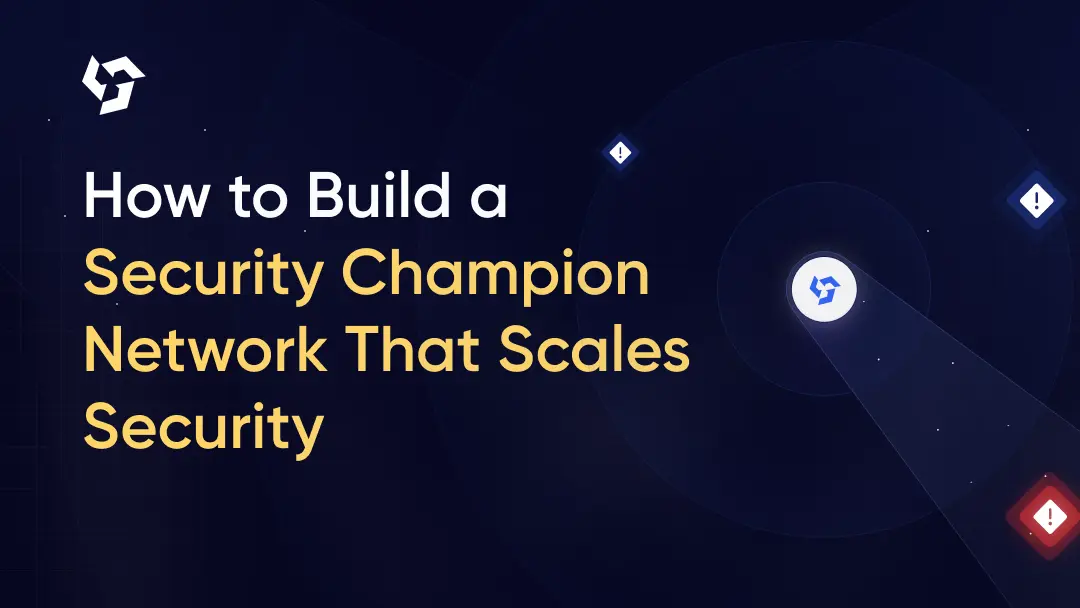

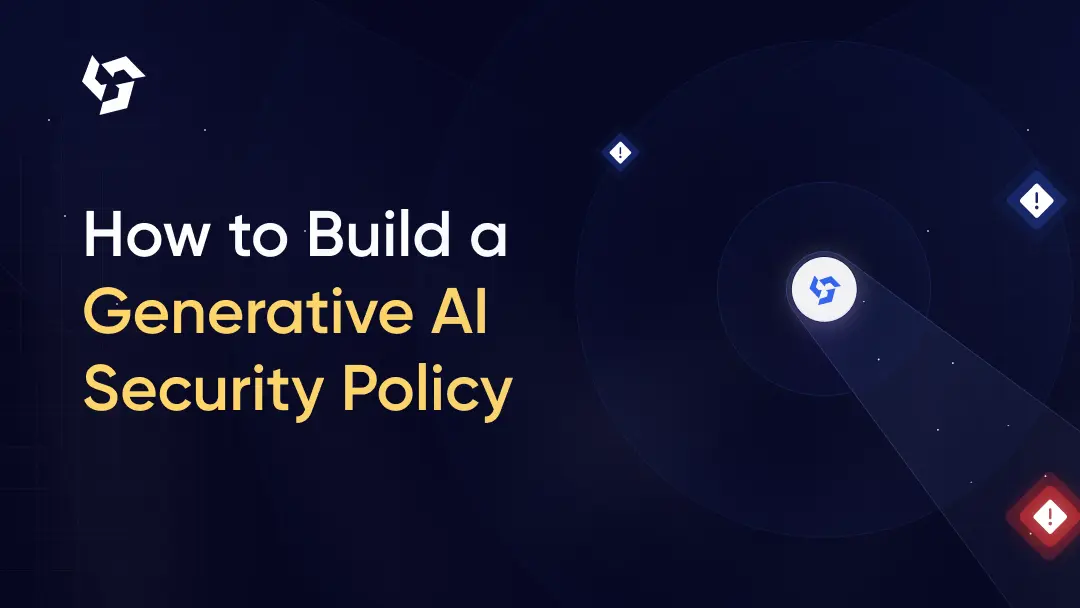




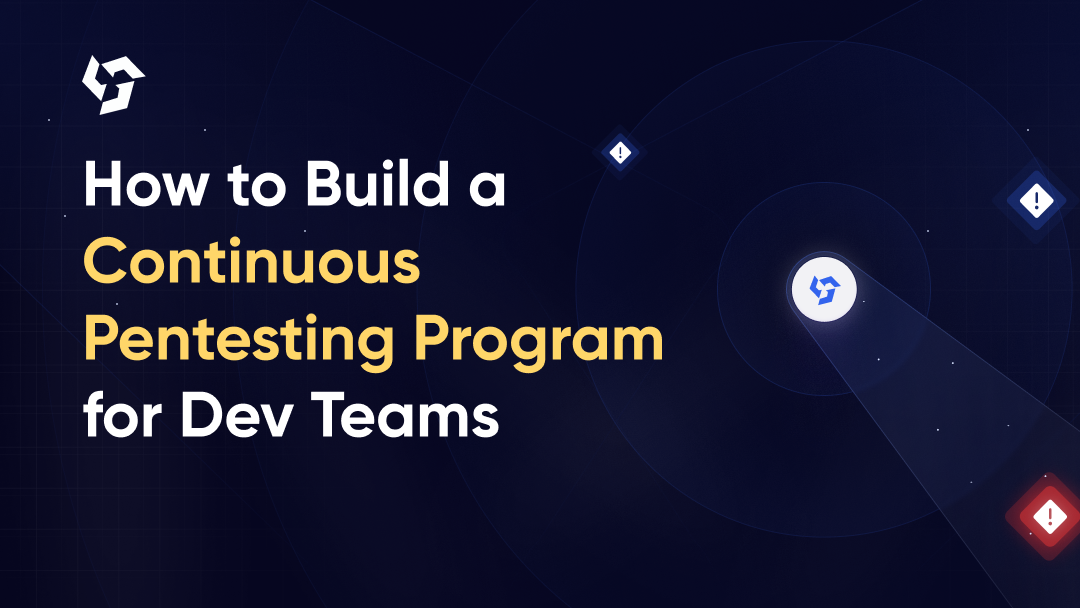

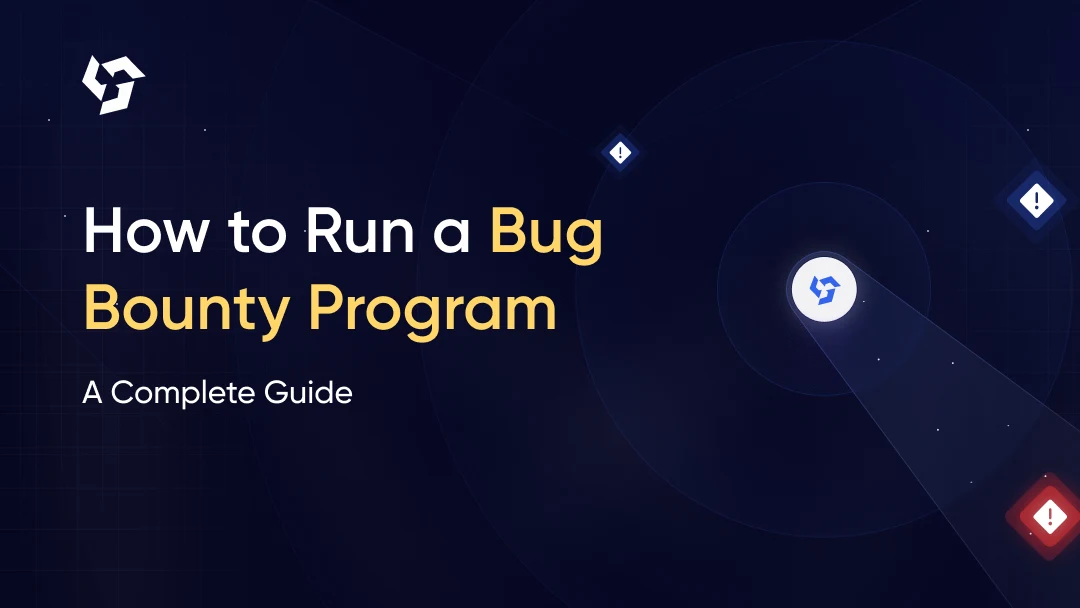




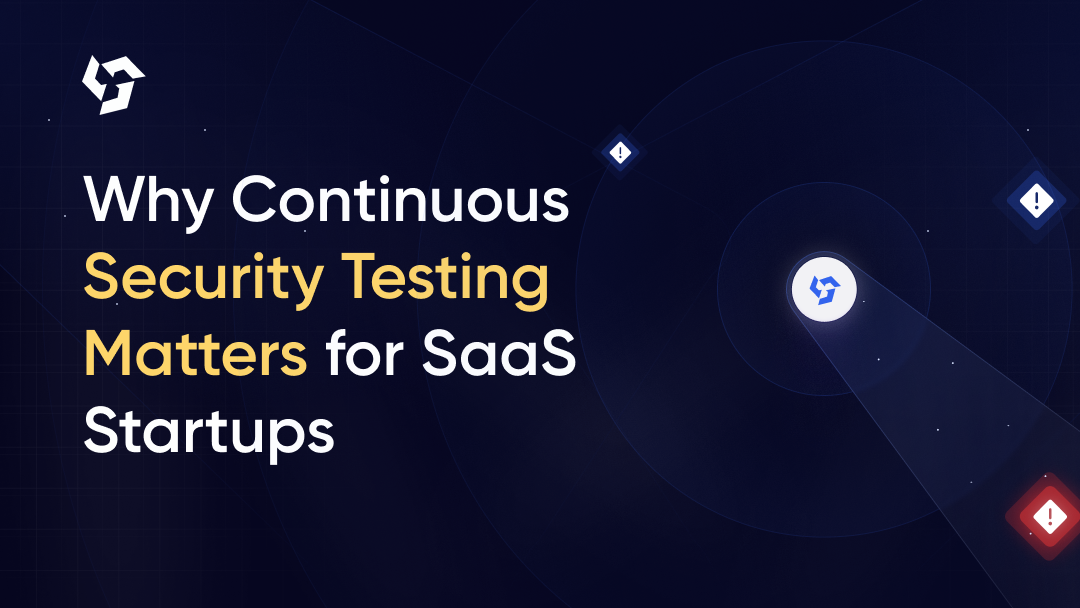




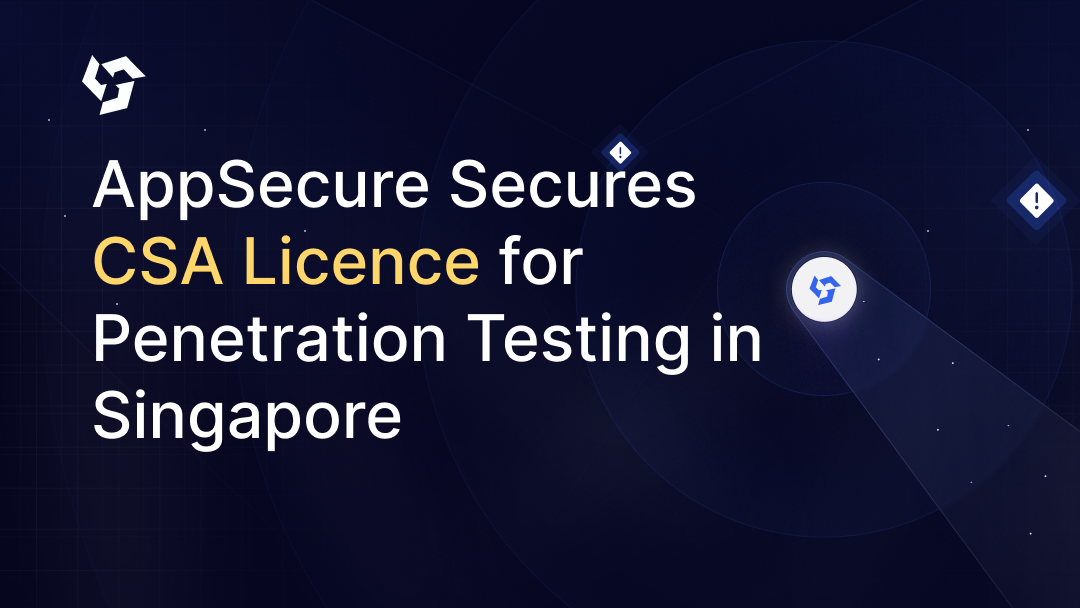
.png)
.png)
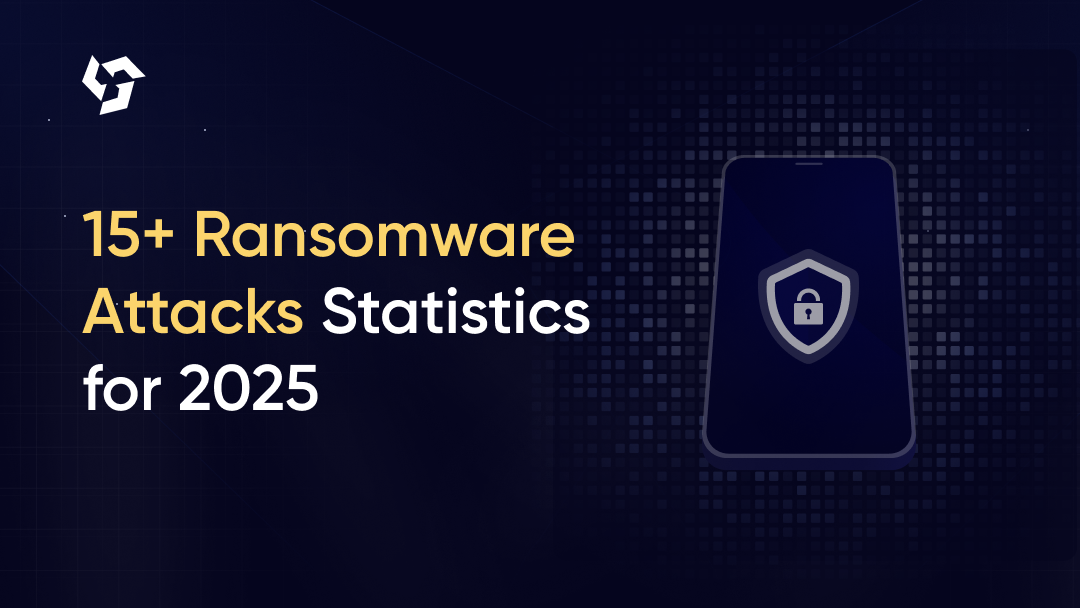
.png)
.png)
.png)
.png)
.png)
.png)

.png)
.png)
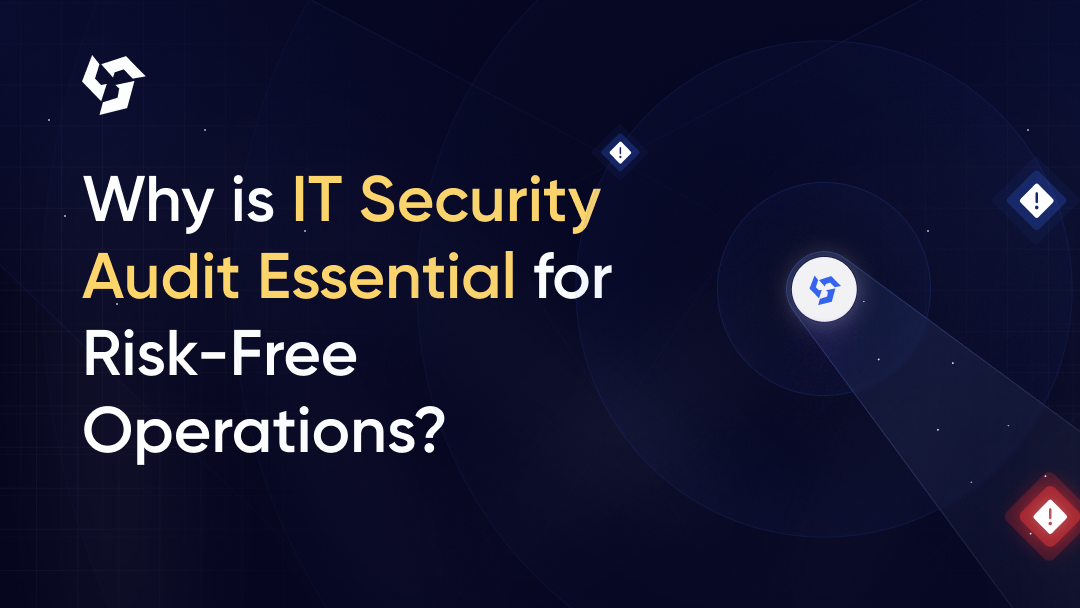


.png)




.png)
.png)
.png)
.png)

.png)
.png)
.png)

.png)
.png)
.png)
.png)
.png)

.png)









.webp)





.webp)


.webp)

.webp)



.webp)
.webp)
.webp)
.webp)













.webp)
